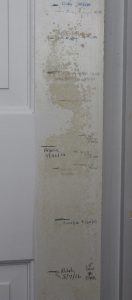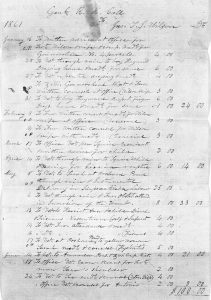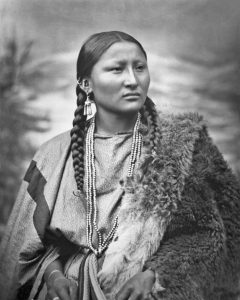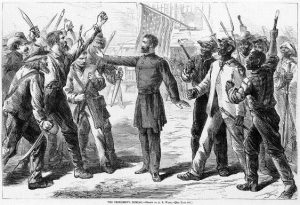 My family spent a mostly rainy Memorial Day weekend at my family’s summer home in the Catskills. The house that has been called simply “the Farm” for at least four generations holds a special place in my heart and some serendipitous discoveries around the property over the course of the weekend reminded me that I am not the first in my family to feel a strong connection to the place.
My family spent a mostly rainy Memorial Day weekend at my family’s summer home in the Catskills. The house that has been called simply “the Farm” for at least four generations holds a special place in my heart and some serendipitous discoveries around the property over the course of the weekend reminded me that I am not the first in my family to feel a strong connection to the place.
As one of my son’s first trips up for the season, we were sure to measure him against the growth chart on the pantry door that recorded my development and that of all my cousins. It was a fun to see that my 19-month-old is almost as tall as I was at 2 years old, which hopefully means he will be taller than me! Beyond that, seeing all the markings on the wall brought back memories of childhood. The door is now a document of how many of us were raised under the Farm’s roof. Continue reading Family marks








